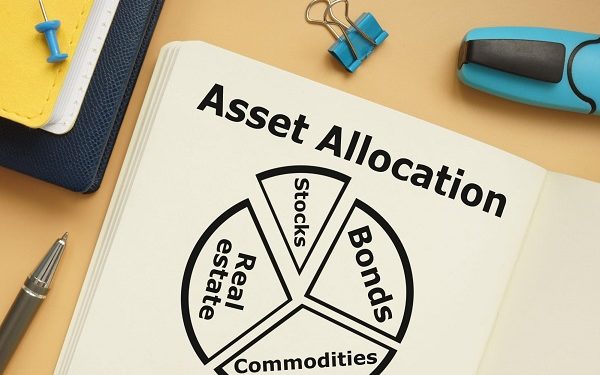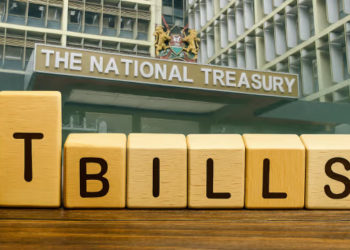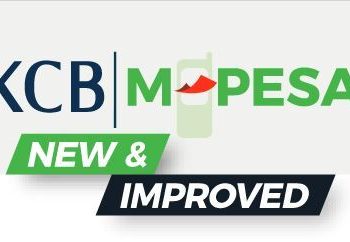Diversification is the spreading of investments across various asset categories. In Kenya, the Retirement Benefits Authority (RBA) regulates the investment of pension funds. The RBA allows investment of pension portfolios across various asset classes ranging from cash, fixed deposits, corporate bonds, commercial paper, EAC government securities, EAC quoted equities, Kenyan collective investment schemes, immovable property, private equity and other assets. Asset allocation is subject to various regulatory caps. Additionally, pension schemes are guided by an Investment Policy Statement (IPS), which provides guidelines on how the funds are invested including the asset allocation limits. The IPS is prepared by the trustee to be implemented by the fund manager.
Fund managers have embraced diversification as a strategy to balance risks, liquidity and performance. Different assets behave differently depending on economic conditions. Diversification reduces the impact of poor performance in a single area. For instance, during periods of market volatility, government securities such as Treasury bonds and bills provide security and offer interest income. They act as a stabilizer when other assets underperform.
Meanwhile, quoted equities (shares listed on NSE) are more volatile but provide potential for growth. Equities offer capital appreciation and dividend income. However, exposure to equities is capped to avoid overexposing member savings to market shocks. Immovable property on the other hand refers to investment in physical assets such as land, commercial buildings and rental property. Immovable property provides a hedge against inflation and steady rental income. However, due to the costly and illiquid nature of property, careful planning with a long-term investment horizon in mind is required.
Fixed deposits with licensed institutions also fall under low-risk category. While the returns may be modest, they provide short-term liquidity and capital preservation. This is essential to meet short-term obligations such as benefit payouts and operational needs, without exposing the fund to market risk. Notably, cash acts as a liquidity buffer for the day to day transactions. They ensure pension schemes can meet immediate obligations. RBA limits cash holdings to 5.0%, encouraging schemes to stay invested in more productive assets.
Additionally, offshore investments and alternative assets like private equity provide exposure to international markets or high-growth ventures, further reducing the risk of overconcentration in the local economy. By allocating across these diverse asset classes, pension schemes reduce reliance on any single market or sector. For instance, if equities underperform due to market volatility, returns from government securities or rental income from property can help stabilize the overall portfolio. This layered approach ensures that pension funds remain resilient, adaptable, and capable of delivering consistent value to members.
Cytonn Pensions follow a disciplined multi-asset strategy across the umbrella scheme (CURBS), the personal scheme (CPRBS) and the income drawdown fund (CIDDF), ensuring members benefit from a well-balanced and performance-driven portfolio.
















